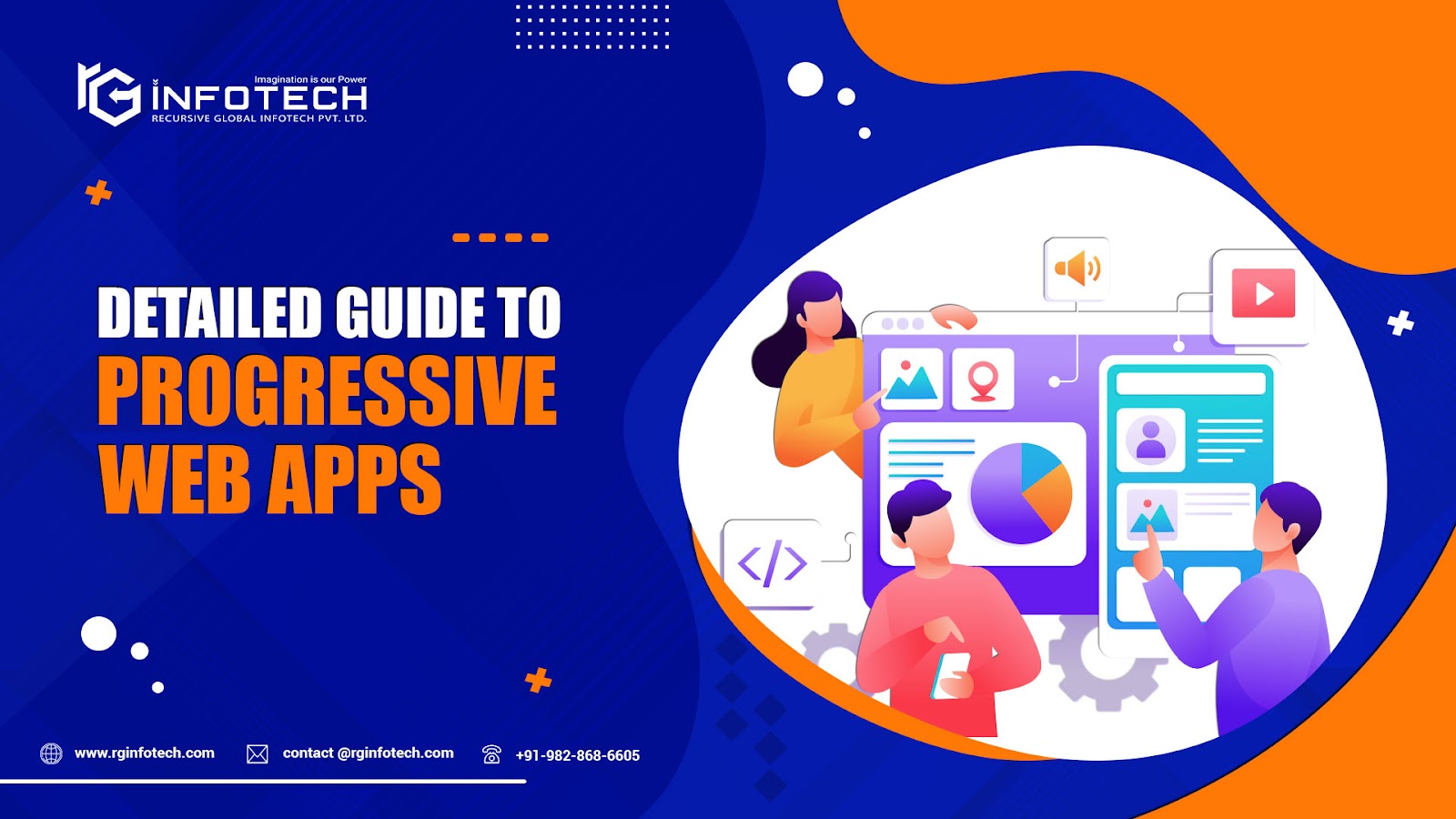Best Solutions to Run a Successful and Profitable E-commerce Business
With the evolving time and lifestyle, e-commerce has become an integral part of life. The growth of Indian e-commerce is going upwards and there are chances that it will surprise the US market and become the second largest e-commerce market across the world by 2034. By 2025, the Indian e-commerce sector will be worth $111.40 billion and growing with a CAGR rate of 19.24%. The sale of e-commerce raised to 7-8% approximately in 2020.
According to research, the Indian online grocery market will be nearly $350 billion by 2030.
Despite COVID-19, India’s e-commerce has seen a growth of 5% with sales of nearly $56.6 billion in 2021.
The growth of the e-commerce market makes it quite challenging to stand out from the crowd. To run a profitable e-commerce site; you need successful marketing strategies.
Go through the article to know the basic requirements of an e-commerce website to make it a success.
Build a unique website
What do you think about how much time a visitor takes to judge your website? Probably, a few seconds. Your website design is all that you get to attract the visitor's attention. If the potential visitors are not finding anything interesting on your website; there will be a very slow growth rate. You must have heard “Jo dikhta hai, wahi bikta hai”. It goes well with the presentation of your website to random visitors.
Visual communication is essential, a human remembers 80% of the visuals that they are seeing and they process the images 60,000 times faster than any written text. However, 10% of people never forget what they read on your website. To improve the first impression on visitors, improve the visuals, designs, navigation, and loading time of your e-commerce website. Make sure the first glance of your website is piquing their interest in your website.
Don’t forget the importance of the About us section on your website. Marketing Sherpa’s one study suggests that on the home page 7% of users check out about us. Moreover, those who go through the page 33% of them turn into leads.
Create Solid Push Strategy
To notify the users about new emails, push notifications were first used by Blackberry devices. But now you can see, the whole game has changed. Push notifications have become an effective marketing strategy. One survey shows that push notifications have 50% higher opening rates than emails.
Now, push notifications on websites and applications are used as a source of daily interaction with customers.
Pushing messages/notifications reduces the car abandonment rate.
Generate geo-location-based messages
Just like Myntra, the wishlist helps the brands to understand the customer's choice and then show the relatable products.
Keep subscribers updated with the latest product release and updates.
Provide smarter payment options
The payment process is like closing the deal with a client - the last stage of turning lead into sales. And when the last stage of buying a product is not smooth; unfortunately you might have lost a potential customer.
Research from the Baymard institute claims that 70% of shoppers abandon their carts. What can be the reason for doing that; after reaching so far? Further, the report claims that 28% of carts are abandoned due to the complications faced during checkout or complex payment methods.
Moreover, 13% of customers tend to abandon their final checkout products due to fewer payment options or lack of credibility of the payment portal.
Make sure, to run a successful business you need to build a smooth payment portal.
Consider Mobile Marketing
Almost 68% of transactions happen using mobile-only. Stasia claims that 56% of mobile devices are used for organic search in 2020. That’s why mobile marketing is important for e-commerce businesses.
Campaign Monitor claims that 68% of emails are opened on mobile devices, a boost of 40% compared to 2015.
Use mobile marketing in the following ways:
Use SMS marketing
Marketing targeting the geographical location
Push notifications
Voice Search
Omnichannel
Along with all the marketing strategies, cross-device marketing is also important. 69% of companies don't acquire any cross-device communication marketing plan to boost engagement. Whether it's a B2B or B2C eCommerce site, it is necessary to align the marketing strategy across all the devices. All you do is put out a message or promise of providing the best services to your potential customers. Make sure your brand message is delivered clearly at all places. Make sure you are providing insightful information to your customers.
In the omnichannel marketing strategy, integrate robust data and analytics. Also, utilize technology like machine learning.
Conclusion
Hence, running an e-commerce business is equally challenging as running an offline store. It demands equal efforts, attention, and investment to take the business to the next level. You don’t need to worry about how to do it, just hire eCommerce development services like RG Infotech. Before these strategies; you need the right guidance and assistance.




Comments
Post a Comment